When pain is no longer gain, discover the secrets to being a healthier runner who beats the odds of injury.
Injuries are not only a physical hinderance, but can manifest into an emotional battle. As a serious runner, you want to keep running. Yet, all the information about how to recover tells you to stop. In some cases, you should rest, but the best way to keep yourself injured free is to prevent pain in the first place.

Preventing Injuries and Healing Faster
Part One: The Injury
Find your way to pain free running through knowledge and perseverance.
Listen Carefully
Your body has sensors all over telling you what hurts as you run. Some people are more in tune than others as your feet pound against the ground beckoning strength among your bones.
You may think pain is just a part of running and it has become a daily understanding. In reality, you should not have to experience pain during your run. Running pain free does not simply come in a day, you have to be willing to persevere to make it happen.

Root Causes of Injury
Running is a personal game. It is a part of who you are as a person, and it can define a good day versus a bad day. Statistically speaking, you will get injured at some point while training. To avoid being caught in the injury cycle, be aware of what causes injury.
There are several ways in which an injury can occur. Whether it comes in an instant, or is slowly becoming more of a hinderance, it is better to know what may be the root cause of your pain.
Reasons for Injury
Muscle Imbalance
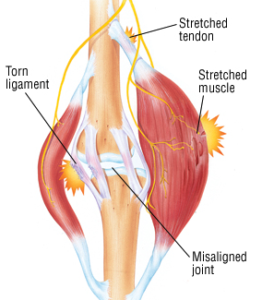
Muscle imbalance occurs when one muscle is stronger than another, which creates an imbalance in stability and strength during your run. Initially it may not cause any hinderance, but overtime it can cause overcompensation of your body's movement and create a continuous cycle of injury and pain.
Your body needs a solid foundation when running, but if your body has been compensating for awhile, it can be hard to initially achieve better balance. You may have underdeveloped muscles that have restricted movement within your body that need stimulating. Find out your stability level through a self test or consult a professional.
Another form of muscle imbalance may be in your blood stream. When you feel strangely over fatigued and your muscles hurt more than they probably should, you might consider consulting a physician about the balance in your neuromuscular system. Some people are predisposed to muscle tightness or weakness, and most people are unaware of where it may be stemming from. If you are still experiencing instability and muscle weakness after a prolonged period of time, you may want to consider checking what is in your blood stream to determine what your body may be needing.

Overtraining
Before you get sassy towards a doctor or fellow runner that suggests that you may be overtraining, you may want to pause and think about the long term consequences. Overtraining can effect you mentally and physically.
If you are in denial about the intensity of your training program, you may need to take some time to rest and rethink your training strategy. Younger runners are more prone to overtraining, but overtraining can overtake anyone in their desire to achieve greater mileage.
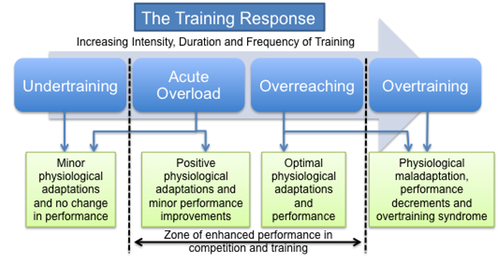
Overtraining can occur from a moderate to severe level. Functional overreaching is a simple factor of a heavy training program, but the ability to keep moving forward. Non-functional overreaching occurs when you are still fatigued after your recovery period. If you push it too much, you are at risk for overtraining, and potentially overtraining syndrome.
Overtraining syndrome is diagnosed as an athlete who shows severe consequences of working out too much. When your cortisol (stress hormone) levels are triggered from running too hard, your body can experience symptoms that are more than just being generally fatigued. You want to perform at your best, so be aware of your own body and watch out for signs of pushing it too much.
Malalignment
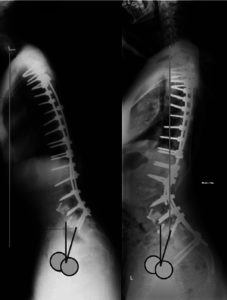
It is estimated that 80% of runners have malalignment, simply meaning that your body structure is not properly aligned. Malalignment syndrome includes changes in your body and abnormal stresses. Overtime it can distort your pattern of running, which can cause compensation injuries.
Repetitive movements, such as running or cycling can make the symptoms more severe. Physical therapists and chiropractors also noticed that runners often suffer from SI joint pain due to malalignment. The SI joint acts as a shock absorber every time your feet hit the ground surface. If you have heavy feet when you run, then your SI joint may be experiencing too much pressure as your feet hit the ground.
X-rays are the only way to know for sure that your bones are not aligned properly, but it will take the knowledge of a physician, physical therapist, or chiropractor to determine whether malalignment may be causing a cycle of pain in your training.
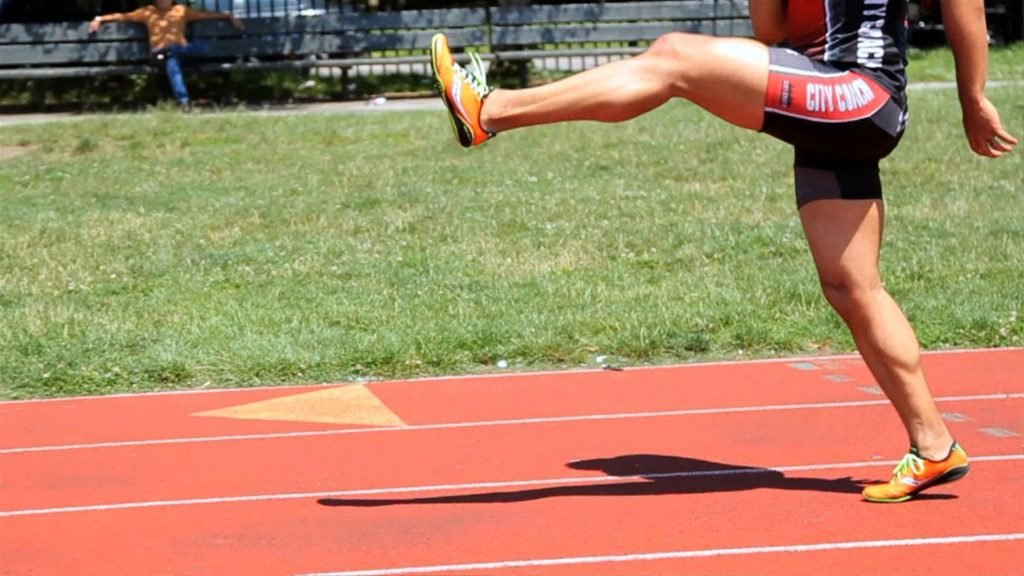
The Difference Between Soreness and Injury
Soreness and injury share common characteristics, but the key differences are if your pain lingers and persists. Soreness occurs 24-72 hours after working out, but can be relieved through stretching, ice, and rest. An injury may have occurred if the pain continues to linger even when you are resting. If you have trouble sleeping because of the pain, then you should schedule an appointment with your doctor as soon as possible. 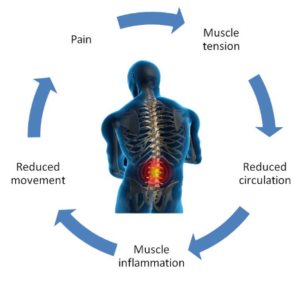
Soreness can feel as if your muscles are burning, or are tender to the touch, while pain can manifest in a sharp stabbing feeling or a dull ache. Those who suffer with chronic pain or a cycle of injury experience pain differently than just an acute form of pain. Pain can feel more severe because the body's sensors are hyper aware after being in a continual cycle of pain. Consult a professional to determine a strategy to lower your pain levels and discover pain free running.
Moderate your body response, and modify your training schedule to be a runner who can always perform at your best.
Click here to read part two that reveals training strategies to prevent injury, and the key to keeping patience in the process of healing.

